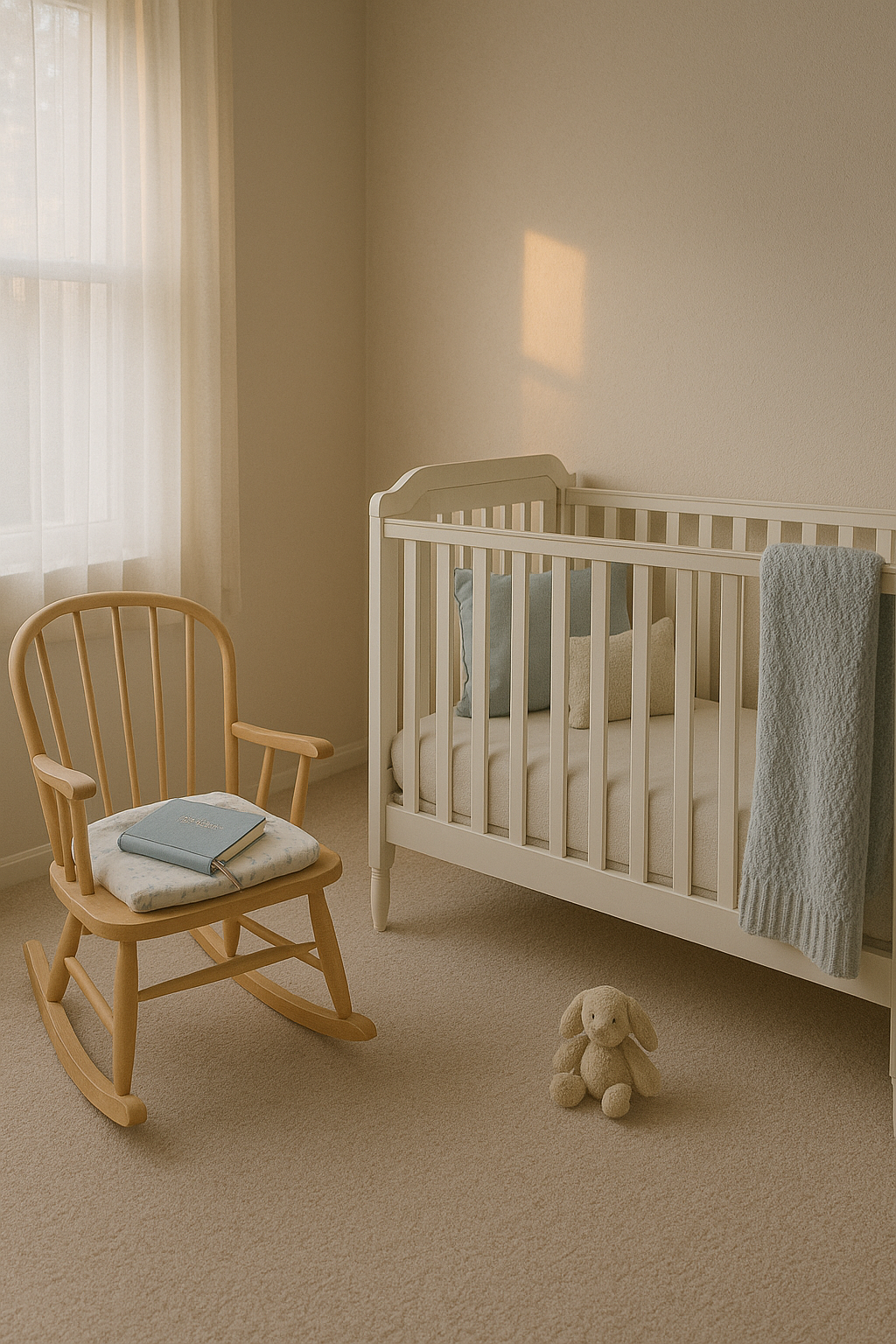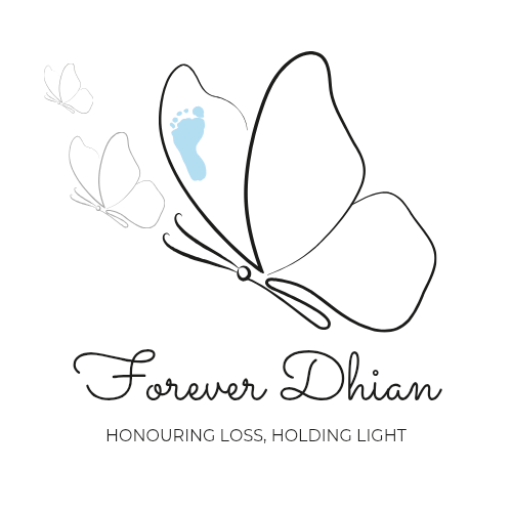
Why the Sudden Loss of a Child Feels Different: Understanding Shock, Trauma & What Actually Helps
Nothing prepares you for the moment your world ends in an instant.
When my baby son, Dhian, died suddenly and unexpectedly, I was hurled into a version of grief I didn’t recognize—something raw, violent, and unrelenting. It wasn’t just sadness. It was trauma. It was shock. It was a nervous system shutdown. And the advice I kept finding online—"take it one day at a time," "grief comes in stages"—felt painfully out of touch with what I was living through.
This post isn’t about stages of grief. It’s about the impact of sudden child loss. And if you’re here because your world has changed in a breath, I want you to know: I see you. You are not alone.
1. Sudden Loss Is More Than Grief—It’s Trauma
Grieving a child is always unimaginable. But when your child dies without warning, there’s a violent rupture that takes place inside you. One moment, your child is breathing. The next, they are gone—and you are expected to keep breathing.
In my case, I had to perform CPR on my baby. I can still feel the weight of his tiny body, the sound of the ambulance, the way the world slowed down and collapsed into itself. That wasn’t just grief. That was trauma.
I learned—slowly—that my body was in survival mode. I wasn’t broken or grieving “wrong.” I was trying to survive something impossible.
🕊️ I created the Sudden Loss Emergency Checklist to help others who find themselves in this same chaos. It’s the list I wish I’d had that night: what needs to be done, what can wait, and how to ask for support when you're in complete shock.
2. What Happens to Your Brain After Sudden Loss: The Science of Shock
When your child dies without warning, your brain doesn’t process it as “loss”—it processes it as danger. Your body activates its fight-flight-freeze system. Stress hormones like adrenaline and cortisol flood your system. Blood flow shifts away from your prefrontal cortex (your thinking, reasoning brain) to your survival brain. This is why you may feel:
Detached or numb, like it’s happening to someone else.
Unable to remember simple things or form clear thoughts.
Physically frozen or overwhelmed by panic.
Disoriented, like time isn’t real.
This is not a failure of grief. It’s a biological response to trauma. The body does this to protect you.
In the weeks and months that follow, your nervous system often remains on high alert. Grief becomes tangled with post-traumatic symptoms. That’s why certain sounds or anniversaries can trigger panic. Why you might feel like you’re not in your body. Why well-meaning advice to “let it out” can feel impossible when your brain is locked in survival mode.
Understanding this gave me permission to stop judging myself—and to start treating my trauma with care.
3. Why Traditional Grief Advice Doesn’t Work After Sudden Child Loss
After Dhian died, people said the usual things:
"Time heals."
"Everything happens for a reason."
"You have to be strong for your other children."
But nothing made sense. I couldn’t think clearly, let alone “heal.” And strength? My strength was in waking up each day, brushing my daughter’s hair, and surviving the unbearable.
Traditional grief advice assumes you had time to prepare. It’s rooted in logic and emotional reflection. But sudden loss happens in the body—through panic, freeze, shock, and silence. There’s no emotional roadmap for that.
That’s why I wrote the How to Help When Loss Is Sudden guide—for friends and loved ones who want to support us but don’t know how. Because telling someone to “grieve openly” when they’re shaking or dissociating isn’t helpful. Offering safety, presence, and steadiness is.
4. Trauma-Informed Grief Support: What Actually Helps
In the early days, I could journal. In fact, I had to. I needed to remember everything—every detail, every sound, every word that was said. Writing helped me make sense of the impossible. It gave shape to the chaos and allowed me to feel some sense of connection to what had just happened.
Journaling became my lifeline—a way to hold onto Dhian, to anchor myself in memory when everything else felt like it was slipping away.
That’s how I began creating tools that met me where I was:
The Voice Memory Keepsake Journal helped me preserve voice notes and messages before trauma blurred my memories.
The Year of Firsts Journal gave me a way to gently track moments—both painful and precious—as I moved through a year full of empty milestones.
And for my children, who also witnessed the chaos and heartbreak of losing their baby brother, I created the Remembering Someone I Love Journal to help them process grief in ways they could understand.
None of these things fix the pain. But they hold space for it. They offer rhythm in a time of disorientation. They help you remember, honour, and eventually—begin again, without letting go.
You can read about how journalling gently helps me navigate my way through grief, here.
5. This Grief Doesn’t Have Stages—It Has Waves
You don’t "move on" from a child. You carry them forward. You find ways to weave their memory into the fabric of your life. Some days that feels sacred. Other days it feels unbearable.
There’s no rulebook for sudden loss. You are allowed to grieve your way.
To talk to your child as if they’re still here.
To scream, go silent, start a ritual, stop talking.
To write one word a day, or nothing for weeks.
Healing isn’t linear—and it isn’t always visible. But it is still healing.
6. You’re Not Alone in This Kind of Grief
If you’ve lost a child suddenly, I want you to know: what you’re feeling is not wrong. You are not broken. You are grieving something sacred. You are living through something that no human heart is designed to endure.
There is no easy way through. But there are gentle supports to carry you.
🕯️ I invite you to explore the tools I created out of necessity and love—my grief journals, checklists, and guides—for parents, siblings, and loved ones living through the unimaginable.
With you in this,
Salina
Founder of Forever Dhian, Mama to Dhian in the stars ✨
